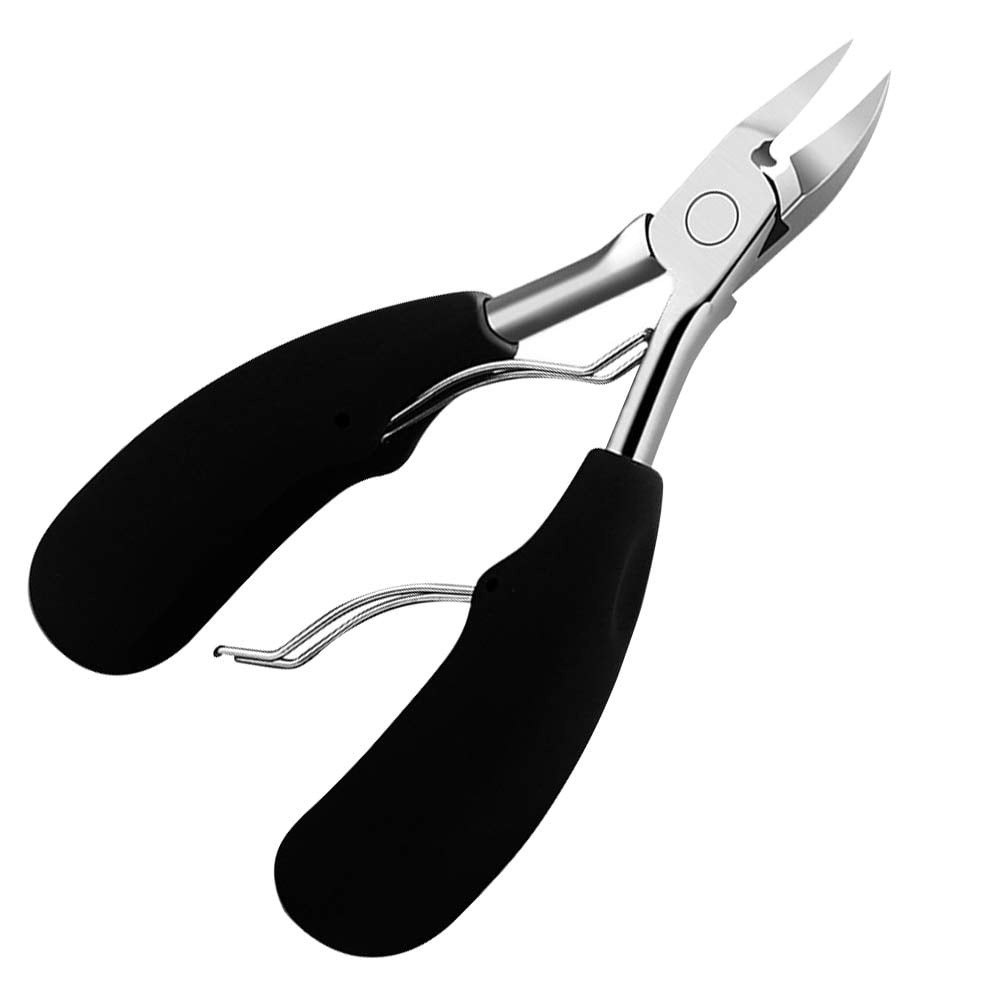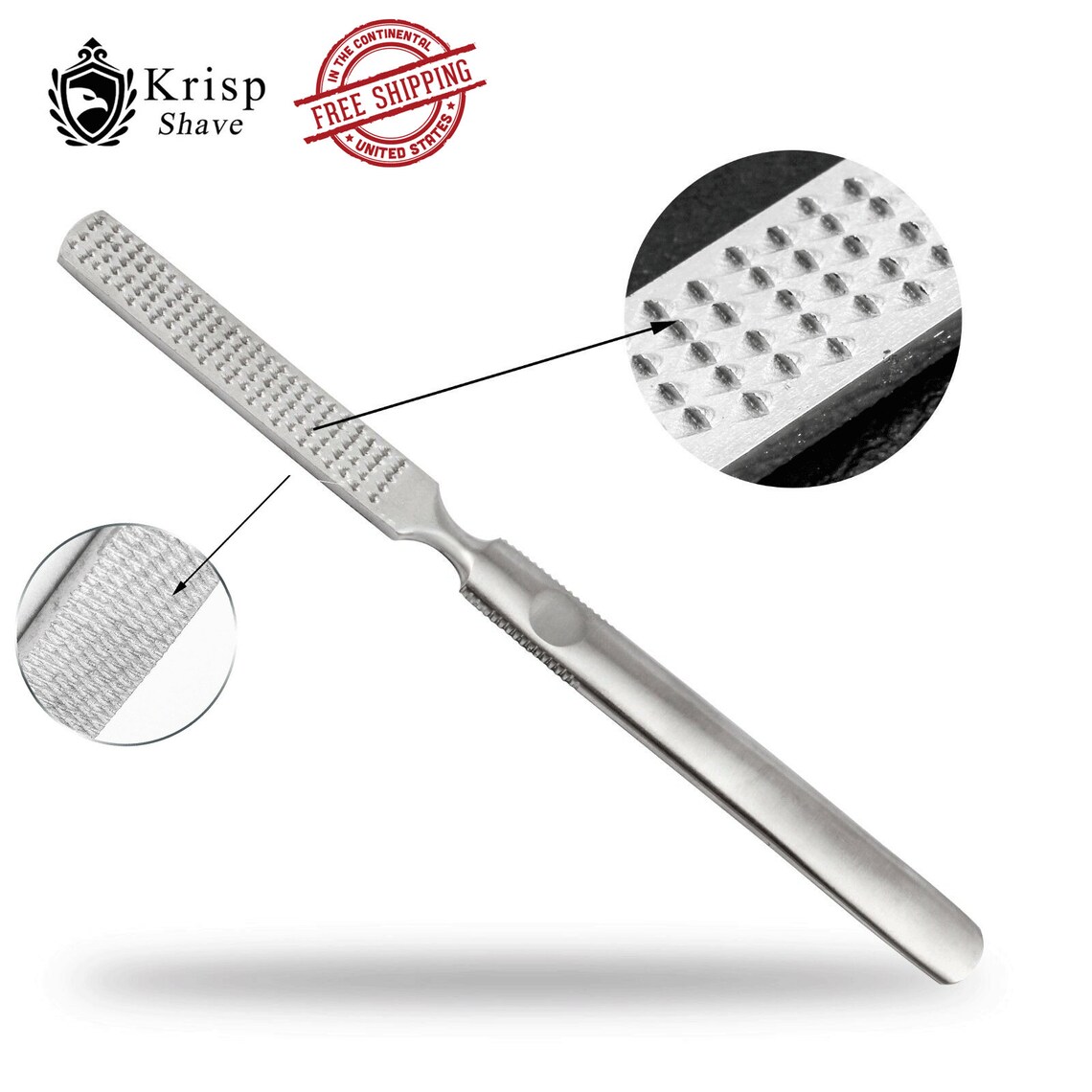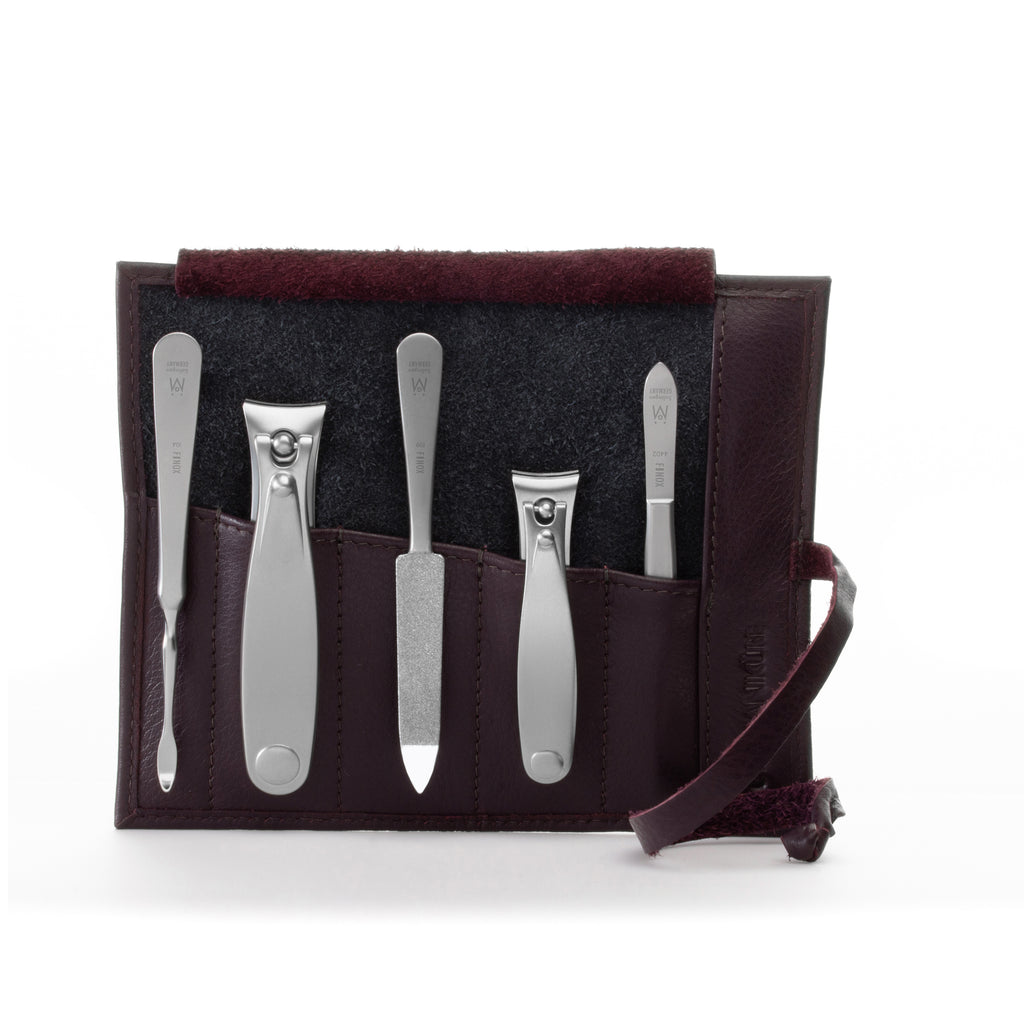

Ingrown toenail: Surgical treatmentĪn ingrown toenail occurs when the toenail digs into the skin, causing inflammation and sometimes infection. This procedure is usually performed in a clinician's office after a local anesthetic is injected into the toe. This can leave the toenail slightly narrower than it was previously. The clinician may also apply a chemical called phenol to the nail matrix (the area beneath the cuticle that produces nail-creating cells) to prevent nail regrowth.

In a commonly performed procedure called a partial nail avulsion, a narrow vertical strip of nail on the affected side (see illustration above) is cut, from the nail edge to the base of the nail, and removed. If you have recurrent ingrown toenails, more extensive nail removal may be needed. You may need to take oral antibiotics for an infection, and the clinician may need to remove the ingrown part of the nail. If the toenail becomes infected or isn't better after three to five days of conservative care, you should see a podiatrist or other foot care specialist or a dermatologist. When the toenail grows out, cut it across in a line that mimics the curving line of the toe tip do not round the corners down. When you wear close-toed shoes, make sure the toe box (the front of the shoe) allows room for the toes to move freely. Wear sandals or other low-heeled open-toed shoes whenever possible. After each soak, dry your foot thoroughly.
#SURGICAL TOENAIL CLIPPERS SKIN#
Massage the skin at the side of the toenail (the nail fold), gently pushing it away from the nail. You can add Epsom salts if you wish, although there's no scientific evidence that this will improve pain relief or healing. Soak the foot in lukewarm water two or three times a day for 15 minutes (count a shower as a soak).

If your symptoms are minor (the toe is irritated and red but not infected or very painful) and you don't have a complicating medical condition such as diabetes, you can start at home with conservative measures. Even if you don't have a problem now, you may eventually develop one." Home care: Keep it simple The big toes are subjected to a lot of pressure and deforming forces over the years as a result of high heels, especially if you wear them consistently for a long period of time. James Ioli, Chief of Podiatry at Boston's Brigham and Women's Hospital, women's high heels are a common source of trouble: "Increased heel height transfers most of your body weight toward the front of the foot. The risk of ingrown toenails is raised by wearing shoes that are too tight, too narrow, or too short. Improper nail trimming - cutting the nail too short at the corners - may be implicated. Thick or curved toenails (nails tend to curve more with age) are particularly susceptible, and some people have an inherited tendency to develop nail problems. Loss of the toenail, repetitive pressure from certain sports, a fungal infection, or psoriasis may be to blame. One is trauma for example, you stub the toe or drop something on it, or someone steps on it. You should be able to get your fingernail under the end of the toenail. Cut your toenails across, going with the curve of the toe (see illustration) don't round the corners down as you might a fingernail (see inset).If your toenails are especially thick, try a spring-handled tool called a toenail nipper. Use a toenail clipper (not a fingernail clipper).Wear low-heeled shoes that provide enough room at the toes, with stockings or moisture-wicking socks that allow your toes to move freely.

However, if you suspect an infection, or if you have diabetes, circulation problems, or numbness in the toes, skip the home remedies and see your clinician or a foot specialist immediately. You can do several things at home to treat an ingrown toenail. Eventually, skin may start to grow over the ingrown part of the nail. If the toenail breaks the skin, bacteria may enter and cause an infection. The symptoms may include soreness, swelling, redness, and warmth. It develops, usually on the big toe, when a corner of the toenail curves down and digs into the skin. The medical term for this painful condition is onychocryptosis. Warm soaks and proper nail trimming may do the trick, but sometimes it's best to see a foot specialist right away.


 0 kommentar(er)
0 kommentar(er)
